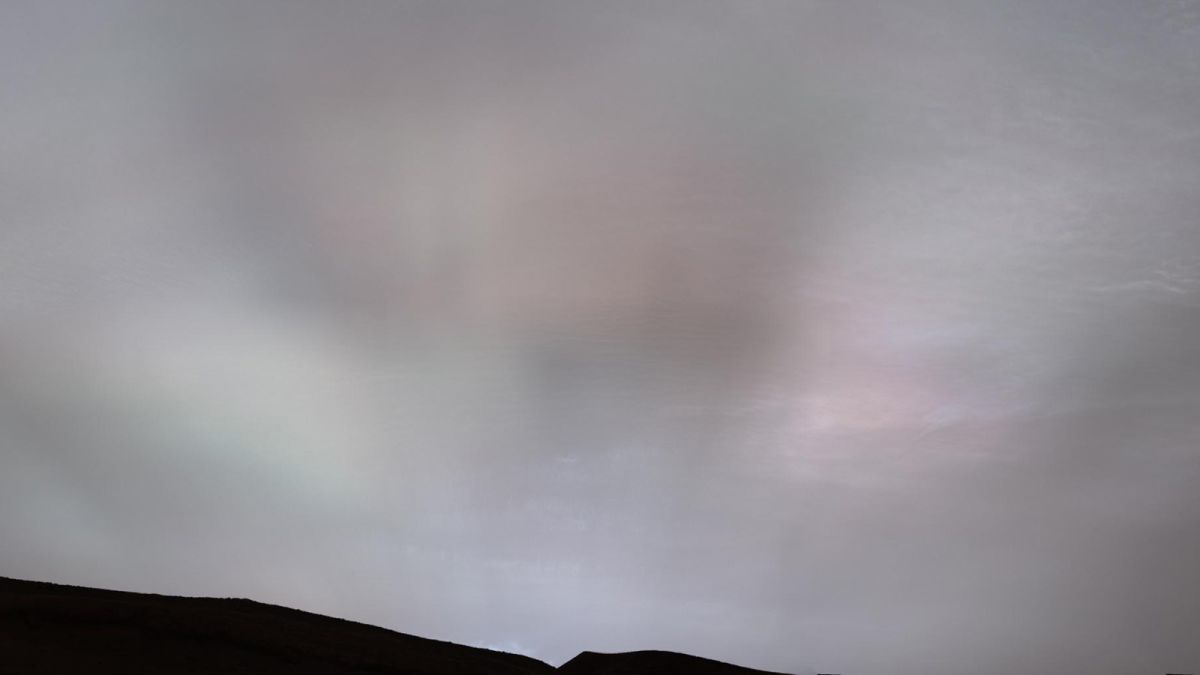NASA's Curiosity Rover Captures Breathtaking Sunset On Mars
NASA's Curiosity Rover captures breathtaking sunset on Mars as it shows images of the Martian landscape. The rover snapped a series of photos showing the sun setting over the Gale Crater.
Author:Rhyley CarneyReviewer:Paula M. GrahamMar 10, 202318.8K Shares254.8K Views

NASA's Curiosity Rover captures breathtaking sunset on Marsas it shows images of the Martian landscape. The rover snapped a series of photos showing the sun setting over the Gale Crater.
According to NASA, the colors in the sunset image are not exactly what the human eye would see, but the colors have been adjusted to help scientists study the Martian atmosphere. The photo shows the sun's rays filtering through the thin atmosphere of Mars, creating a reddish-orange glow.
Justin Maki, an imaging scientist at NASA's Jet Propulsion Laboratory, described the sunset as "awe-inspiring" and said that it highlights the unique beauty of Mars.
“„The colors come from the fact that the very fine dust on Mars has the effect of scattering light. When the sun is just below the horizon, the light has to pass through a greater amount of atmosphere to get to you, so the blue light is scattered away and more of the reds and yellows get through.- Justin Maki, an imaging scientist at NASA's Jet Propulsion Laboratory
The Curiosity Rover has been on Mars since 2012, and during that time, it has captured numerous images of the planet's landscape, as well as valuable data about its geology and atmosphere. The rover's primary mission is to determine if Mars ever had the conditions necessary to support microbial life.
The latest sunset image from the Curiosity Rover has generated a lot of excitement on social media, with many people expressing their awe and appreciation for the beauty of the Martian landscape. As one Twitter user wrote, "Mars is a harsh, unforgiving place, but it sure knows how to put on a show!"
Mark Lemmon, an atmospheric scientist with the Space Science Institute in Boulder, Colorado, said:
“„Where we see iridescence, it means a cloud’s particle sizes are identical to their neighbors in each part of the cloud. By looking at color transitions, we’re seeing particle size changing across the cloud. That tells us about the way the cloud is evolving and how its particles are changing size over time.- Mark Lemmon, an atmospheric scientist with the Space Science Institute in Boulder, Colorado
These missions are critical to our ongoing efforts to understand Mars and to prepare for the possibility of human exploration in the future. But they are also important for another reason: they inspire us to look beyond ourselves and to think about the wider universe in which we live.
In a time when our world can feel small and divided, the exploration of space reminds us of our common humanity and our shared curiosity about the universe. And the images captured by the Curiosity Rover and other spacecraft provide us with a glimpse of a universe that is vast, mysterious, and endlessly fascinating.
Conclusion
The Curiosity Rover's latest images of a Martian sunset are a testament to the incredible beauty and complexity of our solar system. As humans continue to explore the cosmos, these images serve as a reminder of the wonders that await us beyond our own planet.
Jump to

Rhyley Carney
Author

Paula M. Graham
Reviewer
Latest Articles
Popular Articles